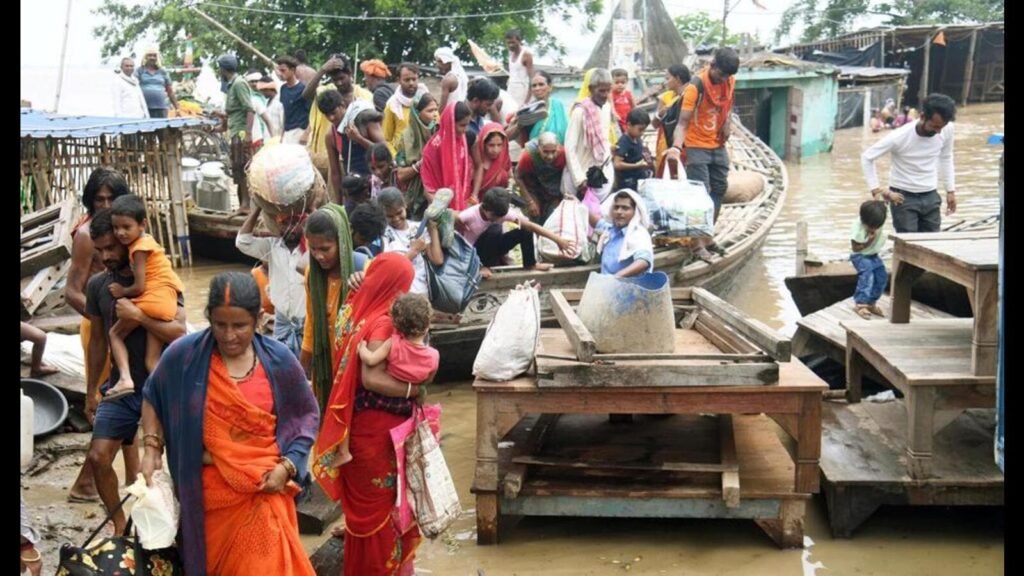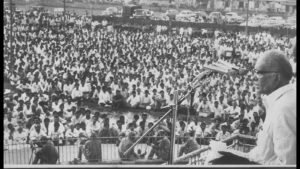
Impact of Floods on Women’s Health Care

This monsoon season, there have been severe floods in many parts of India and serial waterlogging in cites and towns. An often-negleted aspect of such floods-and the resulting disrupt of sanitation-is its effect on women and girls. Efforts to Beef Up Water, Sanitation/Hygiene, and Health Facilites Most often do not Factor in Climate-Resilient Infrastructure and Services, Keeping The Specific Needs of Women in Mind.
Health facilitations become inaccessible or are ILL-Equipped for Women Needing Prenatal and Post-Natal Care. The Recent Floods Across Several Districts in Bihar, For Example, Have Severely disrupted Maternal Health Services. To its credit, the health department did try to provide boat ambulances for pregnant women, but such services are also Ante-natal care in many affected villages have been alarmingly poor. In some districts such as begusarai, medical camps was set up and delivery kits prepared in advance. In addition, in many districts, Volunteers have been a supportm for ashas in locating pregnant women and assisting it to reach the nearest health camp. There is, however, a serial shortage of medical staff and Lack of Referral for High-Risk Pregnancies in Remote Flood-Hit Areas.
Jaymala Kumari, A Resident of Pipariya Diyara Village in Lakhisarai, Recalled the anxiety she felt during her pregnancy, especially about about about reach a health facility for delivery in the middle of the media. The health camp in her village came as a lifeline. She was examined at the camp and laater facilitated to reach the primary health center, where she safeli delivered a healthy baby.
On the other hand, Manju Devi from Simaria Village in Begusarai Said The Floods Have Made Life Extremely Difacity, and while they are often called Called Camps, Services are not consistently available.
Some areas where preparations were made in advance still failed as there was sudden variations in the floodwates. In addition, soil erosion had also made many villages inaccessible. Then there is the problem of out of pocket experture which flood affected villages were not able to bear, thanks to breaks in jobs and inability to access funds from from banks.
Sudha jha, an obstetrician and gynaecologist from sitamarhi, stresses the need for proper communication with beneficiaries is critical in flood-affected areas. Every pregnant woman should be remain in touch with doctors, and when reaching facilitations is Difential, Teleconsultation must be promoted as a vital option. She says water contamination is one of the biggest risks during floods.
There could be various solutions like increasing the use of mobile health care apps or Increasing the number of mobile clinics. But the More Permanent and Workable Solution would be to build flood resistant infrastructure in area to flooding. Health Workers Should also be trained in the particular challenges they will face in accessing and imparting treatment in flood affected areas.
Women should be allowed to express their own needs before drawing up programs to deal with their health issues during natural calmities like floods. At present, many plans and schemes do not even factor in gender or gender-specific needs, especially theSE related to Maternal Health. Women has to be made active participants in their own health needs, something that is missing in most states at the moment.
The views expressed are personal




